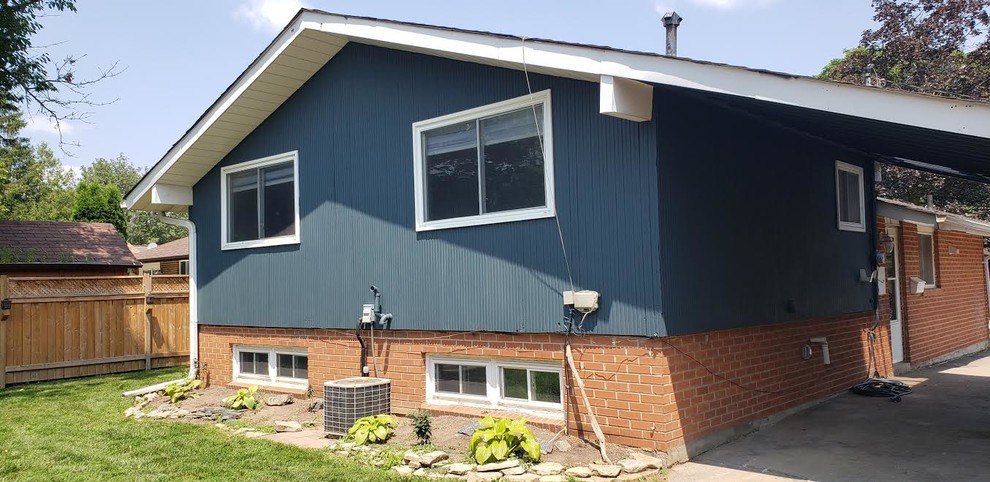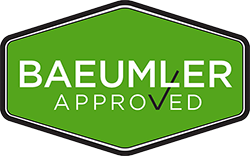When it comes to giving your home a fresh, vibrant look, few things can match the transformative power of a new coat of exterior paint. Not only does it boost curb appeal, but it also provides an essential layer of protection against the elements. For homeowners and painting professionals alike, understanding the essentials of exterior painting is key to achieving a long-lasting, aesthetically pleasing result. In this guide, we’ll cover everything from choosing the right paint to the importance of surface preparation and best practices for application.
Choosing the Right Paint
The foundation of a successful exterior painting project lies in selecting the right type of paint. High-quality exterior paint can withstand the ravages of weather, resist fading, peeling, and cracking, and keep mildew at bay. Here are a few tips:
- Type of Paint- Latex (water-based) paints are popular due to their easy cleanup and long-lasting durability. Oil-based paints are great for priming wood, metal surfaces, and for their superior sealing properties.
- Finish- The finish of the paint can affect both the appearance and maintenance of your home. Gloss and semi-gloss finishes are durable and easy to clean, making them ideal for trim and architectural details. Flat or matte finishes, while less durable, can help hide surface imperfections on siding.
Surface Preparation
Proper surface preparation is perhaps the most crucial step in the exterior painting process. Even the highest quality paint won’t adhere properly to a poorly prepared surface.
- Cleaning: Start with a clean slate by removing dirt, mildew, and peeling paint. Power washing is an effective way to clean your home’s exterior, but be cautious to avoid damage to the siding or wood.
- Repairing: Fix any cracks, holes, or other damage to the siding. This may involve replacing damaged boards, patching, or applying caulk to seal gaps.
- Priming: A good primer can make a significant difference in the longevity of your paint job. It provides a uniform surface for the paint to adhere to and can help block stains and prevent peeling.
Painting Techniques
The technique and tools you use can significantly affect the quality and efficiency of your paint job.
- Brushes and Rollers: For most exterior surfaces, a combination of brushes and rollers is effective. Brushes provide precision for trim and tight spaces, while rollers cover large areas quickly.
- Spraying: A paint sprayer can significantly speed up the painting process and achieve a smooth, even coat. However, it requires some skill to use effectively and isn’t suitable for all surfaces.
- Timing and Weather: Paint when the weather is dry and mild. Extreme temperatures can cause the paint to dry too quickly or not at all, and humidity can introduce bubbles or prevent proper adhesion.
Safety and Cleanup
Exterior painting involves working at height and dealing with potentially harmful chemicals.
- Safety Gear: Use ladders safely, wear protective clothing, and consider a respirator when sanding or if you’re sensitive to fumes.
- Cleanup: Latex paints clean up with soap and water, while oil-based paints require solvents. Properly dispose of any leftover paint or solvents, and clean your tools thoroughly to extend their life.
A successful exterior painting project not only enhances the beauty of your home but also protects it from the elements. By choosing the right materials, preparing the surface meticulously, and applying the paint using the best techniques, you can ensure a durable and attractive finish. Whether you’re a seasoned professional or a DIY enthusiast, keeping these essentials in mind will help you achieve excellent results that stand the test of time.




